Update - the Re-ARM was spared :-D To avoid this happening again I remixed a new case with a bezel to protect the exposed metal on the LCD. Now to get the touch probe working.
|
.I was working on installing a new effector on my Anycubic Kossel today when this happened... Static discharge killed my display and possibly my RE-Arm is also now toast, though it does seem to work - it (can auto-level). I have ordered a new display and will see if that is all that I borked up, but I don't have a good feeling about it. When I get it working again, I will also be making a new display enclosure to cover the ground terminal..err bezel which is what took the zap.
Update - the Re-ARM was spared :-D To avoid this happening again I remixed a new case with a bezel to protect the exposed metal on the LCD. Now to get the touch probe working.
0 Comments
I just stumbled on Project Gutenberg this week. I'm not a big reader, but it's better than watching TV, and I'm also cheap so this works for me. It is a collection of 58,000 (free) books that have been converted to txt, html or other formats compatible with e-readers. Looks like older stuff, probably out of copyright works, but there are quite a few, and I'd not be surprised if they have all the classics (which I have not read), and they have some memoirs and biographies as well (but there is alot to sort through).
For audio books there is also LibriVox which I only sampled a few, but was impressed that they are as good as many I have bought from Audible in the past. Putting this here since I keep having to look it up. Windows has a built in command line utility to check the MD5 or SHA1 hash on a file. That can be useful to check the integrity of a file downloaded from a site that provides the info for the expected MD5 or SHA1 hash (such as sourceforge).
The idea is that an algorithm is run against the original file, which spits out a long number - which is the "hash". That number is posted on the site where the file is downloaded from, along with info on if the hash was generated with MD5 or SHA1, SHA256 or SHA512, so anyone can then run the same algorithm against the file they have, to generate the same number/hash. Comparing the downloaded hash to the hash posted on the site tells you if the file that was downloaded is correct or not. So, when I download a file, I can check that the file is in tact and as intended, by running that algorithm against the file I have to see if the "hash" is the same as the one on the site. If they are the same, then the file is good, if not then the file is bad and I should re-download it. This is not something that is normally an issue, but when downloading new router firmware which is just a hex file, it is a good idea to verify the integrity of the new file before loading it. To do this with windows: Type "cmd" in the search field under the start menu When the window opens, first go to the directory where the file resides, start with the drive letter, then "cd" to the directory: C:\Users\SomeUser>F: F:\> F:\>cd \Downloads F:\Downloads> Then run the command "certUtil" to get the checksum of the file: SHA1: certUtil -hashfile SomeFileName SHA1 SHA256: certUtil -hashfile SomeFileName SHA256 SHA512: certUtil -hashfile SomeFileName SHA512 MD5: certUtil -hashfile SomeFileName MD5 The numbers that it spits out can then be compared to the MD5 or SHA1 hashes on the website where the files were downloaded from. The spaces can be ignored, they are only for readability, since the numbers are normally without spaces. The Solder Fume Extractor seems to work modestly well. There is a big trade off between size and it's capability to suck the fumes away, but it is OK if I can get the work within a couple inches of the inlet. I'm not super impressed with it overall, but I like it enough that I will probably post it up once I add a fuse to it. To that end, I wanted to post a pic showing the current draw from the battery (which goes trough the boost converter before the 12v fan), while the fan is on. I already blew a 750mA fuse due to the inrush current, so will try something larger next (or maybe just measure it with the scope to get in the ballpark).
Longer term, I'm planning to build a larger version with a 92mm or 120mm fan and an 18650 battery. Hopefully that will be better for everyday use. I received the last parts I needed to wrap up the DS20V2A case today, The print does not look the greatest, but it is at least the right size, and everything fits. I set the boost regulator voltage to 20V and had it running from a 19V supply, and the 24V fan seems happy with that arrangement (running at 20V). Please ignore the incorrect color of the wires to the boost supply output (red and black are reversed from convention). I realized my mistake right after I soldered them (doh), but did not feel like reworking them just for the color of the wires, I did mark the connectors up so it would be clearer though.
I've made some pretty good progress on the Solder Fume Extractor, but I've also discovered what a pain in the arse prototyping can be. I must have printed this thing at least twice over and some parts 8 times to get it to this point. That however was the relatively easy part. The electronics pack on this thing was designed to be somewhat modular, the thinking I had was that I could use it in other projects and it would also be easier to assemble since I could put it together outside the case and just install it. Well that is somewhat true, but thanks to a bunch of mishaps (broken wires, mislaid wires, just looking like crap), I reworked this a couple times before I thought it looked right. It would have worked but it was a bigger mess than it is now and I wanted to tidy up the wires a bit, which due to the small space I have to work with in the case is really a requirement more than a wish. I then realized that the USB charger and protection board I bought was really designed to charge an 18650 or similar higher capacity Lion cell, not my puney 450mAh pack. That matters because the bigger the battery capacity, the more charge you can pump into it, and this charger was set for 1A max current which is way too high for the battery I am using. The good news is that somebody already read the datasheet and put together a great how to guide for a very similar board to what I am using, and they also broke down what the set resistor ("RProg") values mean. I was able to confirm that my board matched up since the "RProg" resistor was "122" or 1.2Kohms by default. Since I have a 450mAh battery, and I read that the safe max charge current is usually 0.5C to 0.7C, I figured that around 225mA would be a good safe max current. Based on the table in the link about, I actually went down a bit since I only had 4.7K and 5.6K SMT resistors on hand, so I used the 5.6K's (which are labeled as "562"). That would provide about 215mA max current. So I swapped the resistor and tested it, and it was pushing around 220mA at peak which seems pretty good (this was from a battery a bit more than 1/2 discharged). I was a bit cautious when I tested the cell for the first time charging, for several reasons, including the obvious (that it was the first time charging so why not). Happily the battery has been charging for the past hour and has gone from 220 mA to 90mA so the controller seems to be doing what it is supposed to. I also confirmed that I can run the fan off the USB while plugged in and that the charge meter only displays properly when the USB is disconnected and the fan is off (which is what I assumed but it was worth confirming). There is still some testing to do and a few more parts to print and test, but this one is almost done. Quick update - I added a 1A fuse between the battery and the USB charging and protection board, and that is how I plan to leave it. I took these measurements after installing the fuse to see what voltages the charging protection board would cut off the battery: Battery Low Cutoff 3.04v (with 1A fuse in series with battery) Battery After Charge 4.22v (with 1A fuse in series with battery) These work for me, but I am still not really happy with the performance. I tried a 5V regulator board and a 5V fan but the performance was only modestly improved, if that. I think I need to go bigger on the fan to have adequate solder fume extraction, but this will work in a pinch. (UPDATE 10/27/2020) Although this project did not work out due to the low power of the fan, here are the parts used:
Lithium Battery TP4056 DW01A Charger Board Module 3.5A DC-DC Step-up Boost Voltage Converter Module 3V 3.3V 3.7V to 5V 6V 9V 12V (could not find the exact link but there are tons of these tiny boost controllers on Ebay) I used the 12V version, the voltage should match the fan being used. FBApluto 15pcs Female Micro USB to DIP 5-Pin Pinboard 2.54mm Micro USB Type Interface Power Adapter Board 5V 3A/250V 6A/250V switch: (Pack of 40 Pieces) MCIGICM AC 3A/250V 6A/250V 10A/125V 2 Solder Lug SPST On/Off Mini Boat Rocker 2pin Toggle Switch Car Auto Boat Round spst Rocker Switch Gikfun 12x12x7.3 mm Tact Tactile Push Button Momentary SMD PCB Switch with Cap for Arduino (Pack of 25pcs) AE1027 nidici 20pcs(10 Pairs) 1S Lipo Charger 3.7v Battery Charging Cable Male & Female for RC Quadcopter Drone Multirotors Carbon filters (used these), the filters linked below are for garbage can deodorizers. UPDATE 11/12/2021 - There is a new version of this which has been posted (and works much better) you can find it at the link below: www.mystoopidstuff.com/blog/solder-fume-extractor-for-a-stanley-014725r-organizer |
Stoopid MeWelcome to my Stoopid corner of teh Internet. It's mostly gonna be 3D printing stuff, but I also post some recipes, projects, and the occasional rant here as well. More Stoopid stuff is updated regularly. Archives
July 2024
Categories |
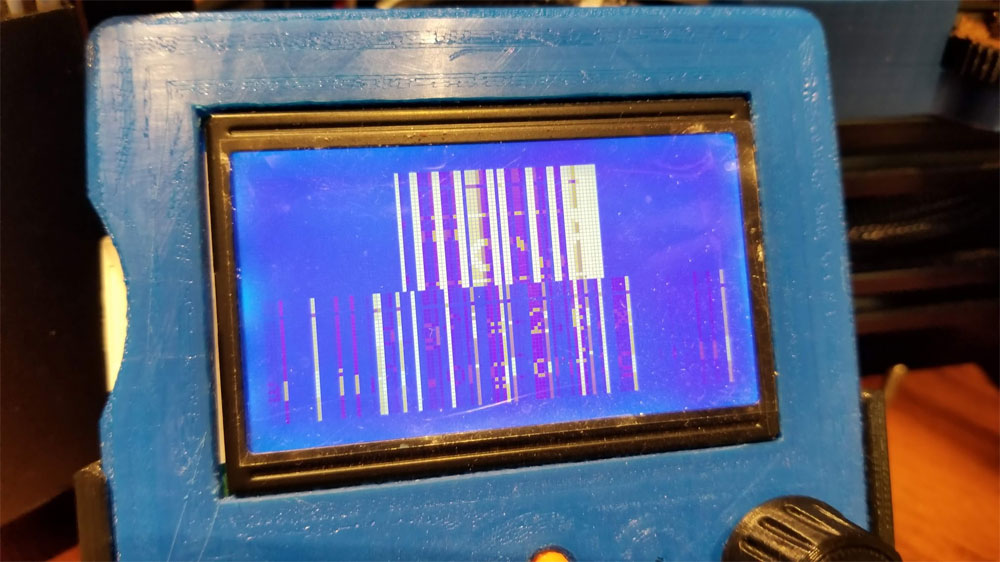
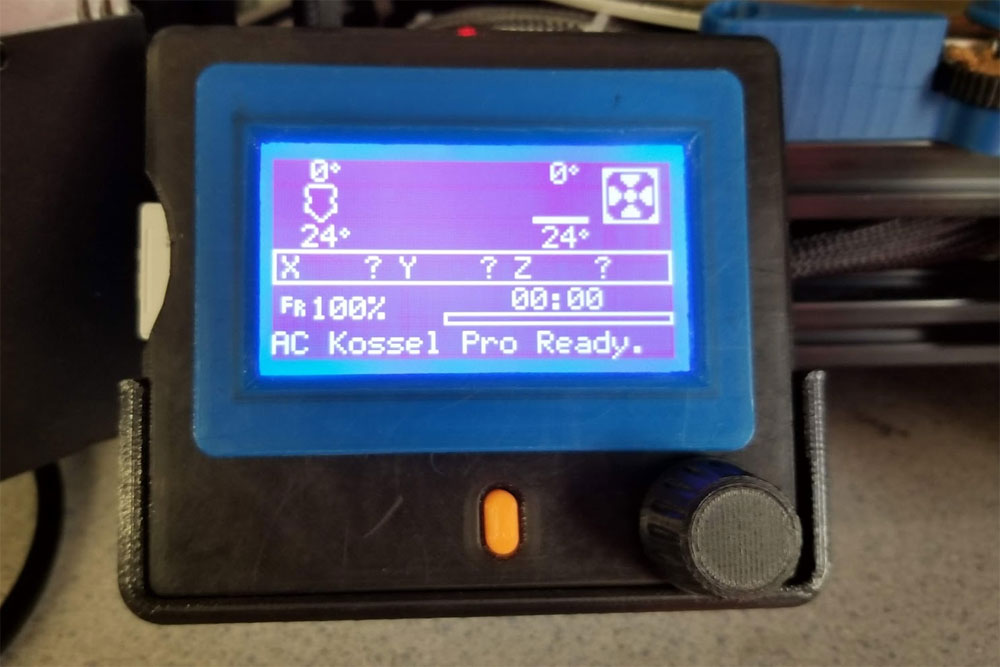
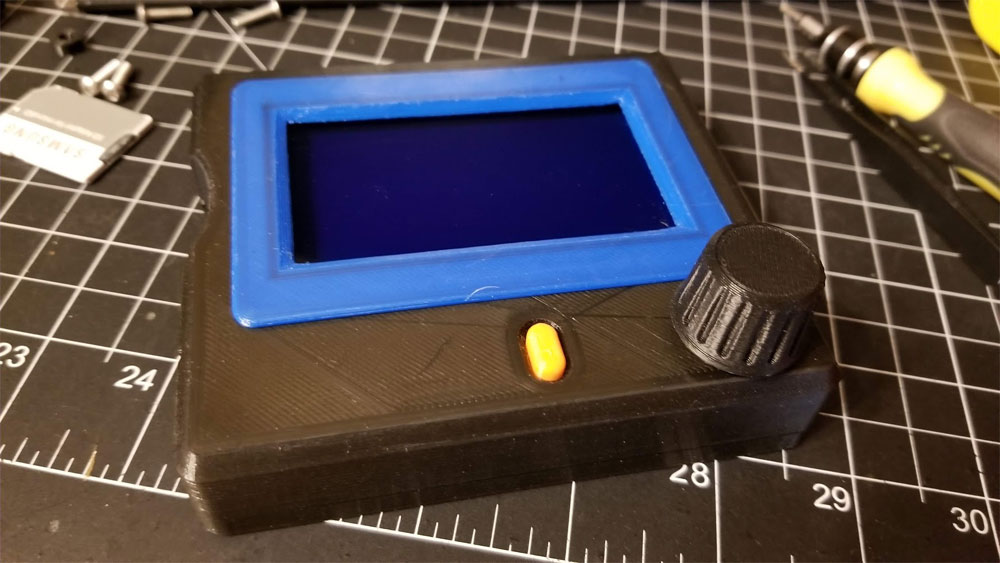
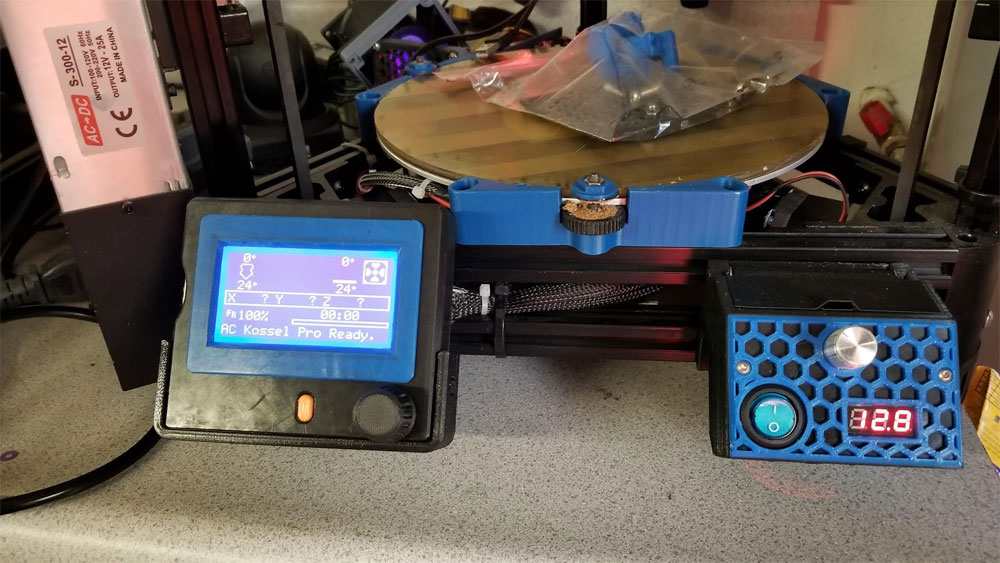
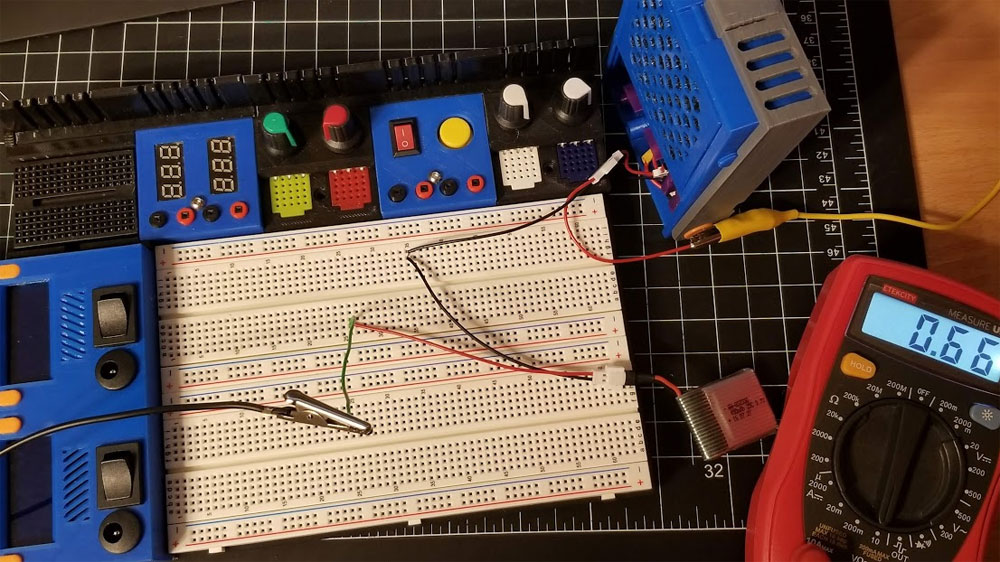
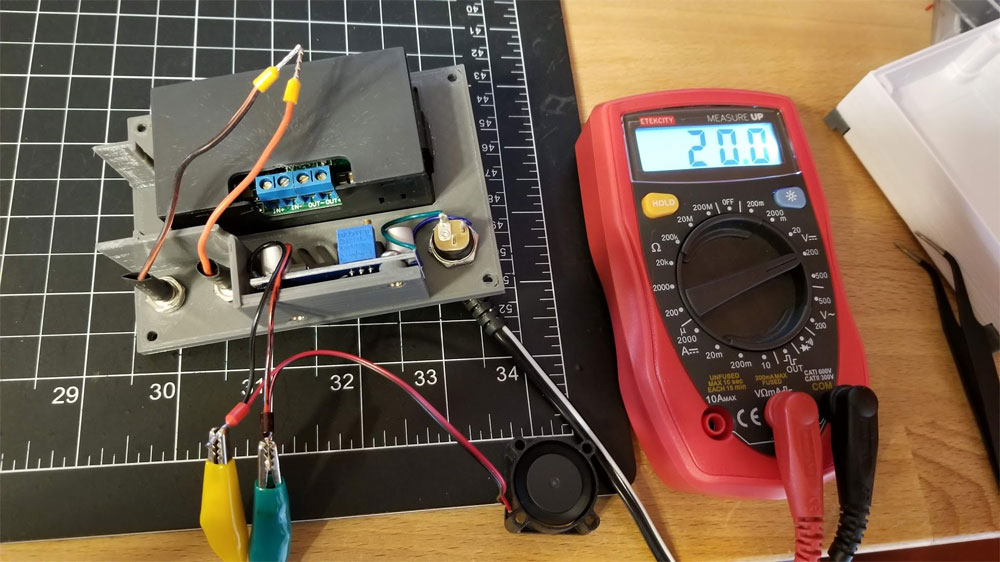
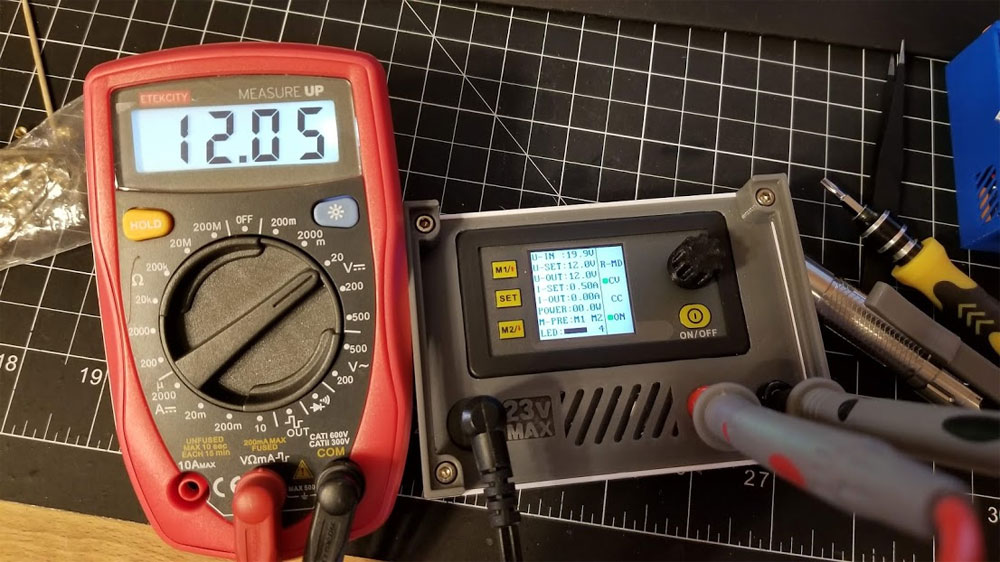
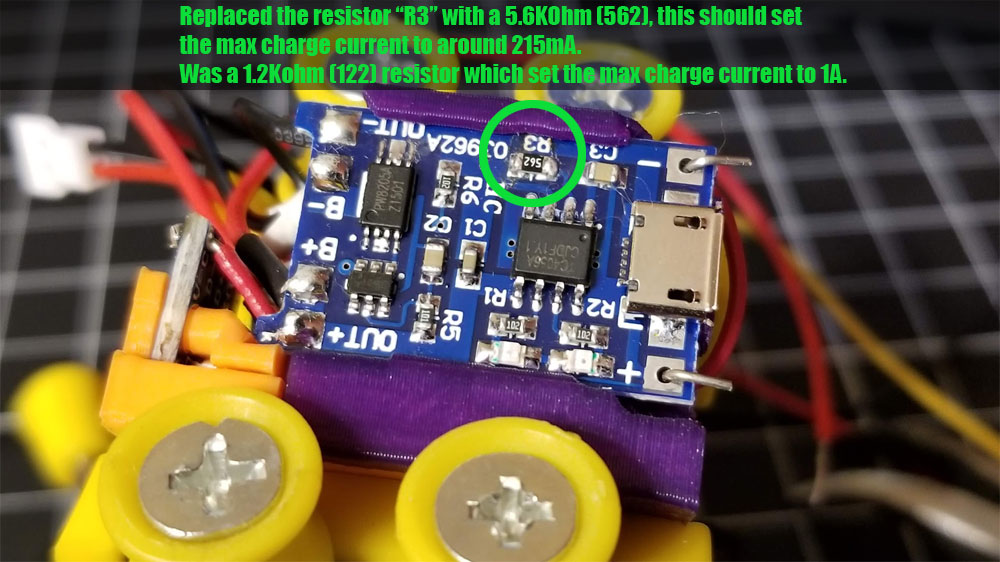
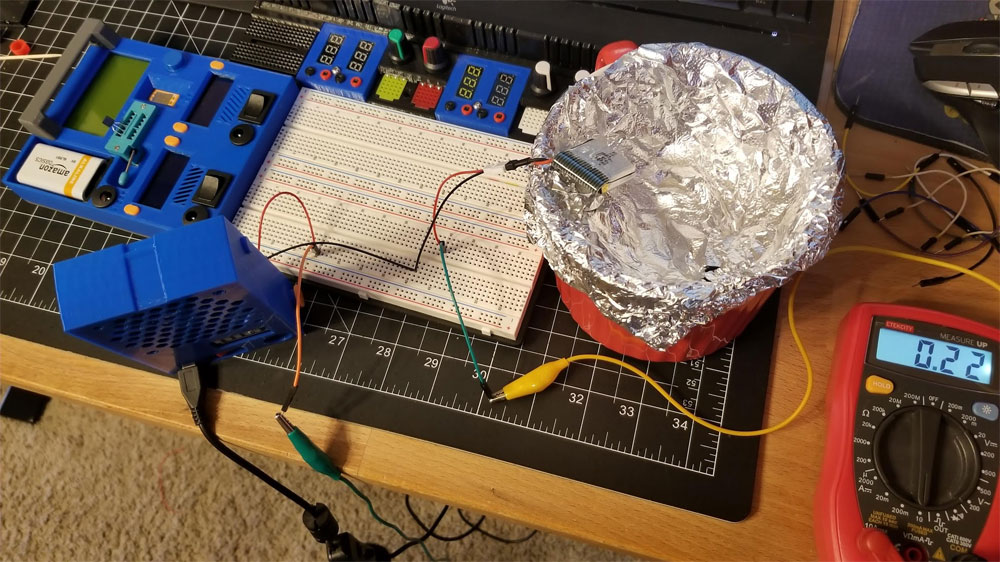
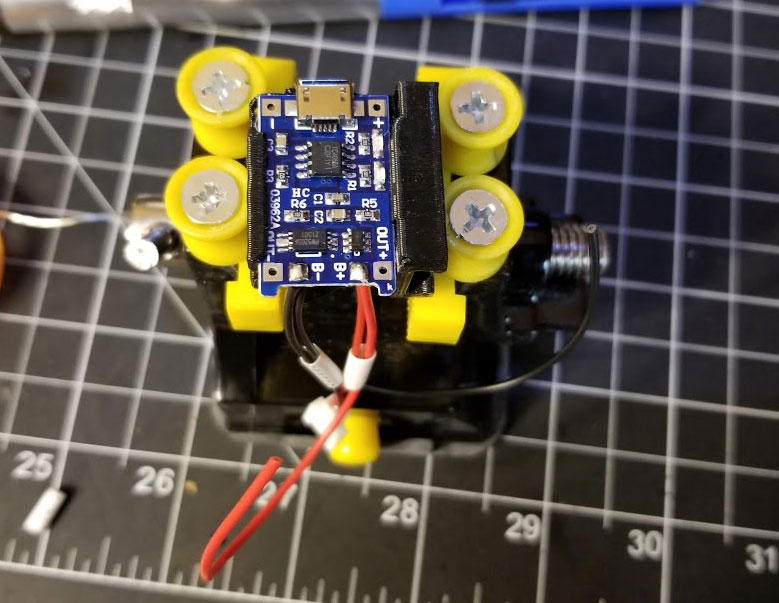
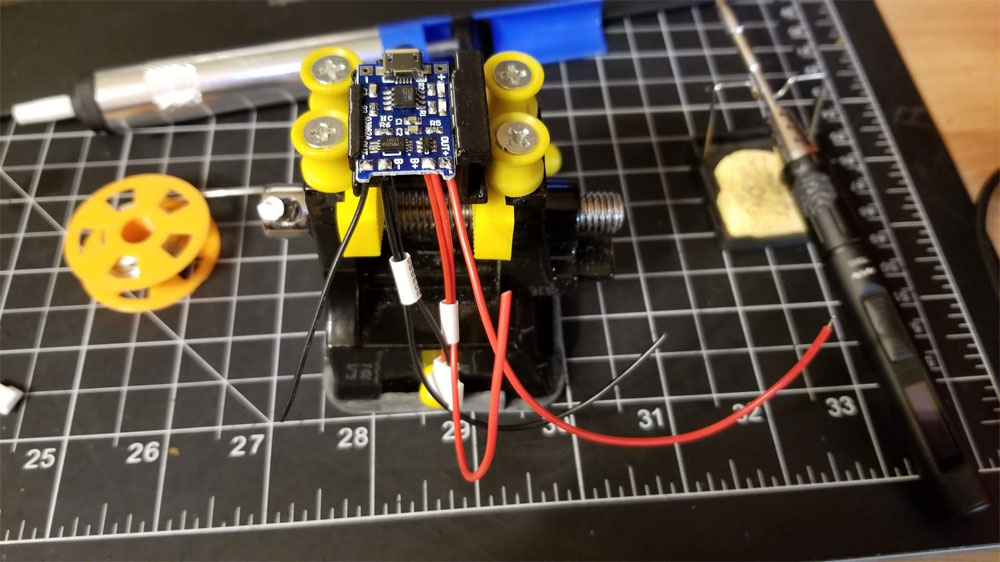
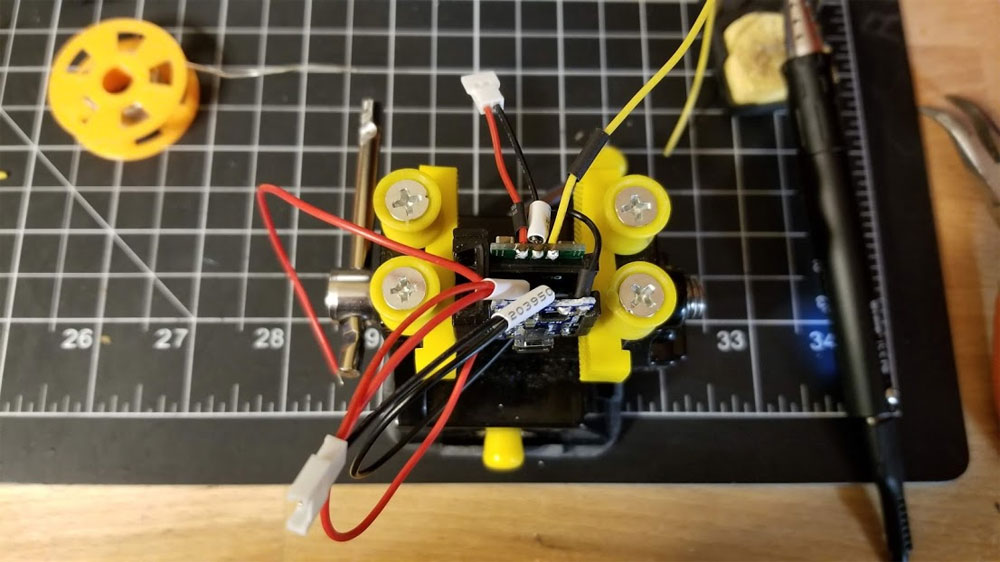
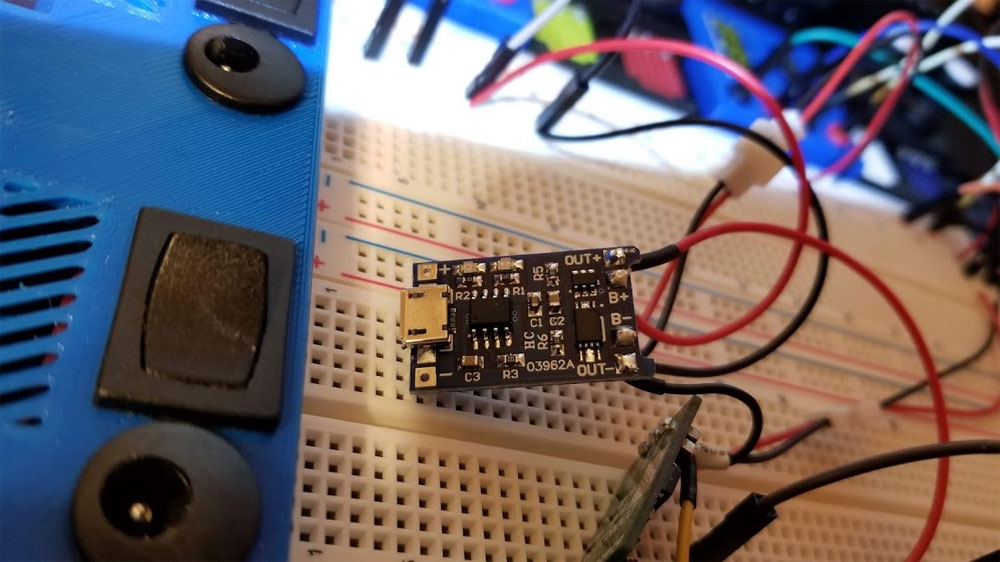
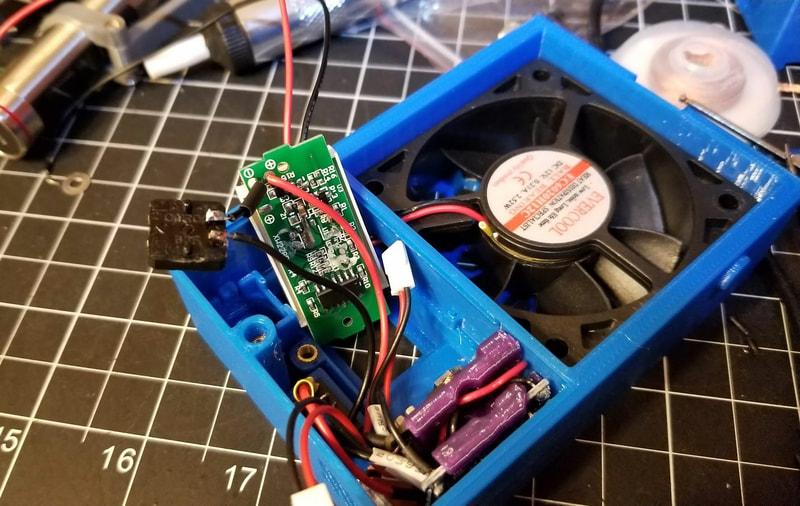
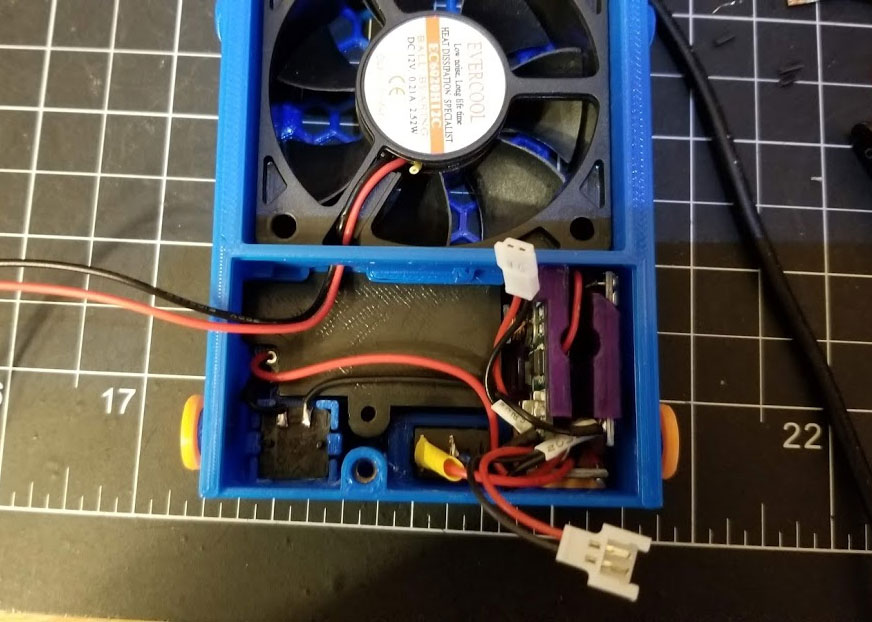
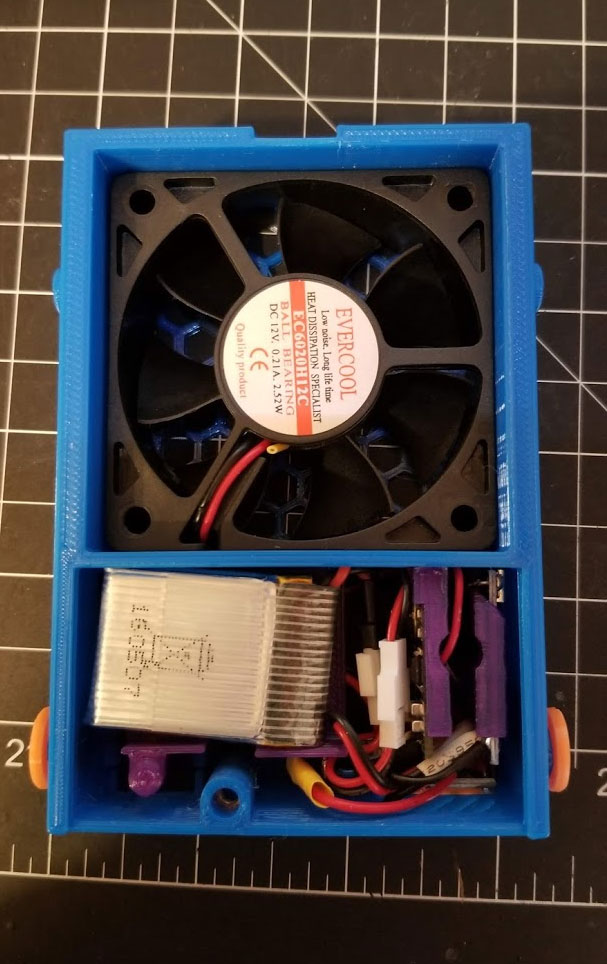
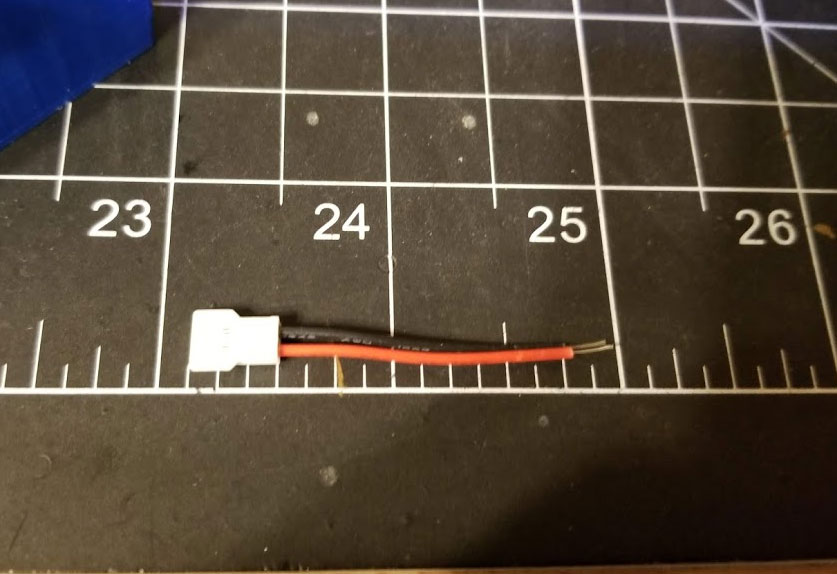
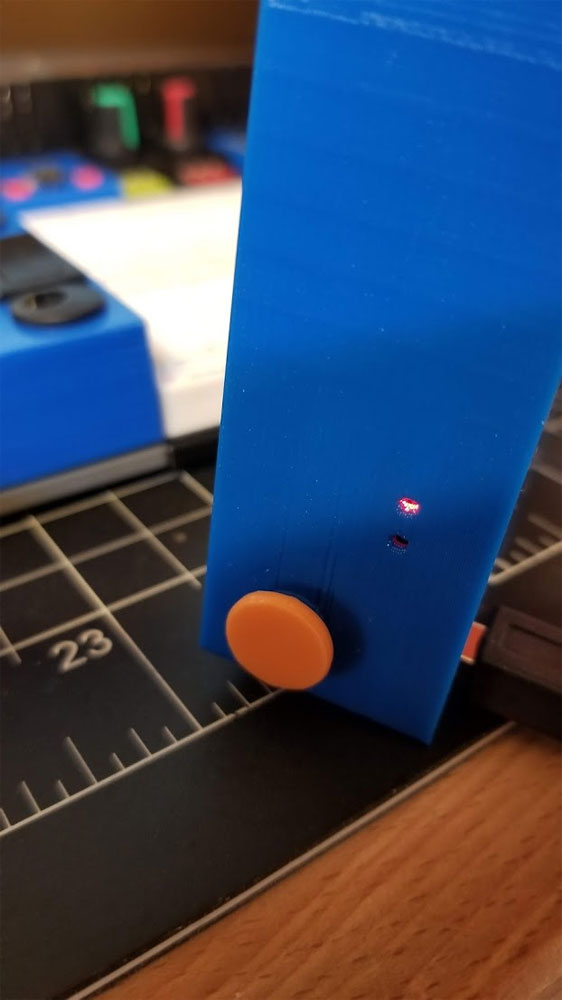
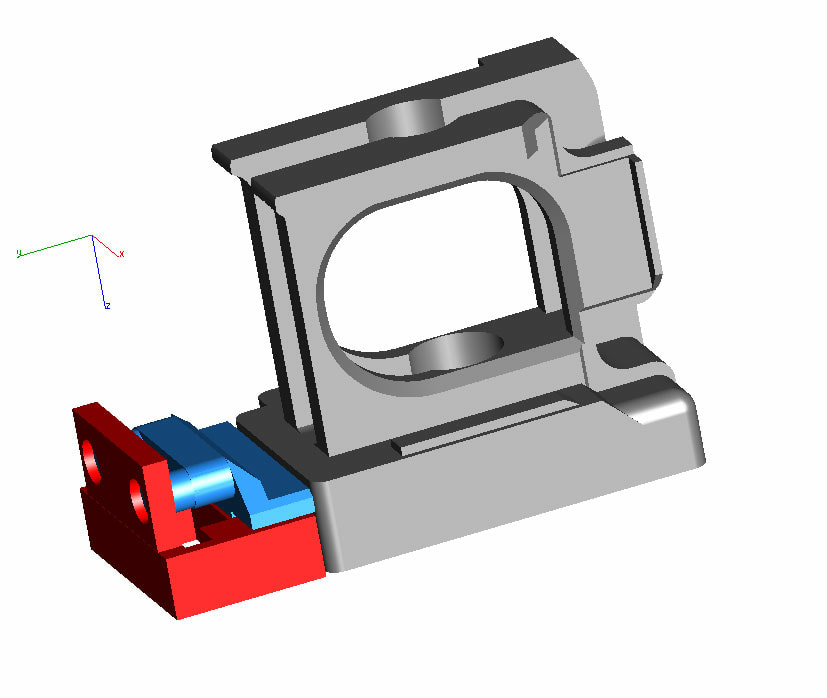
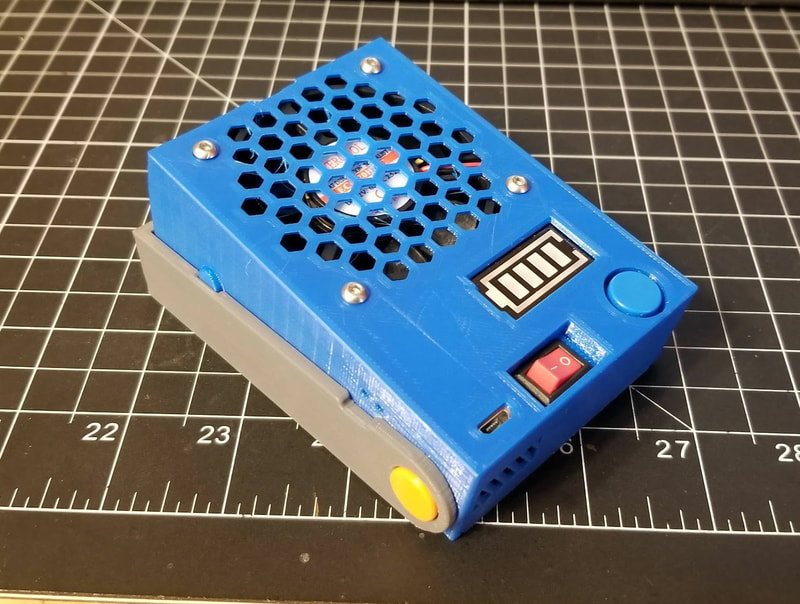
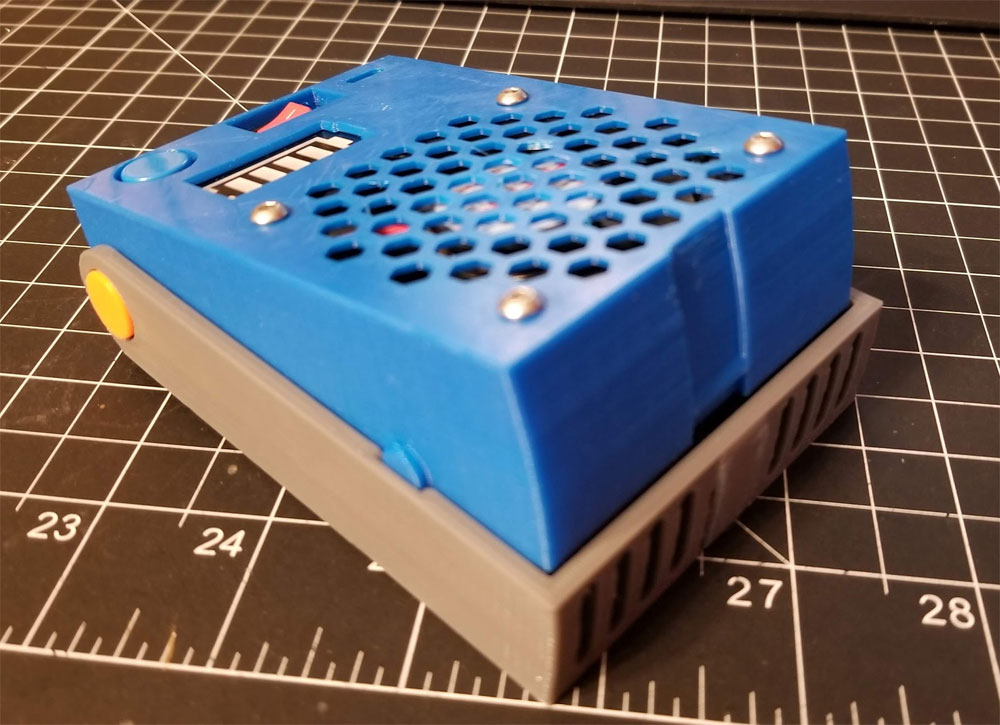
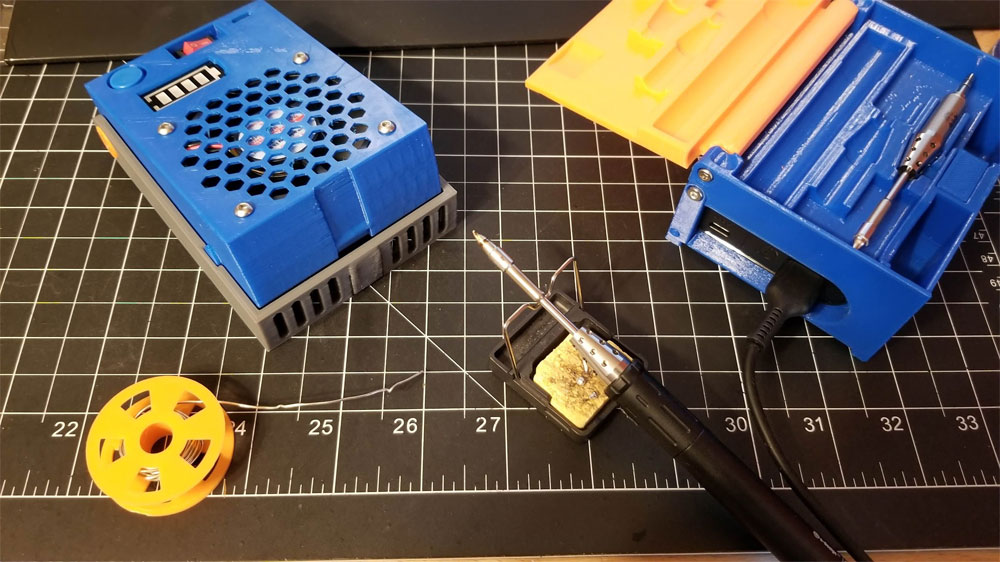
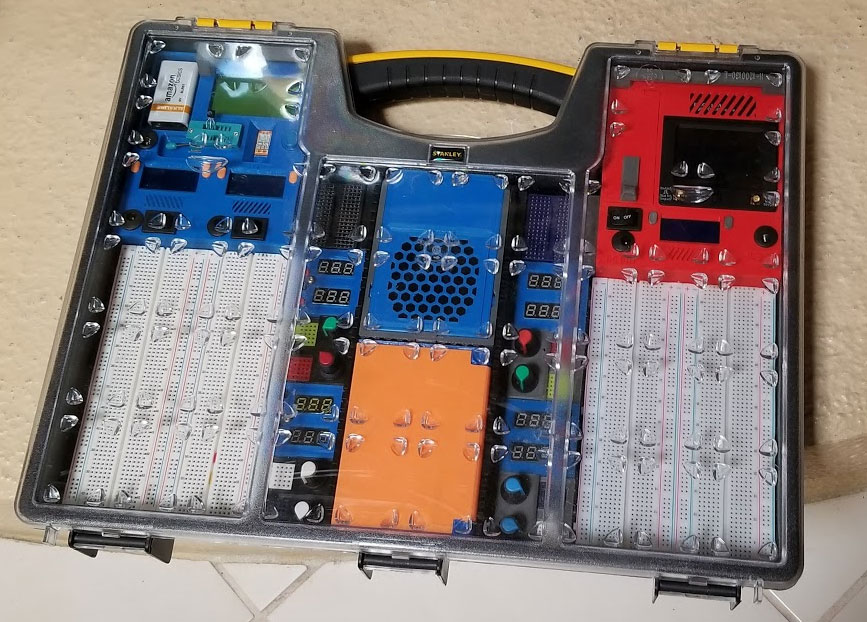


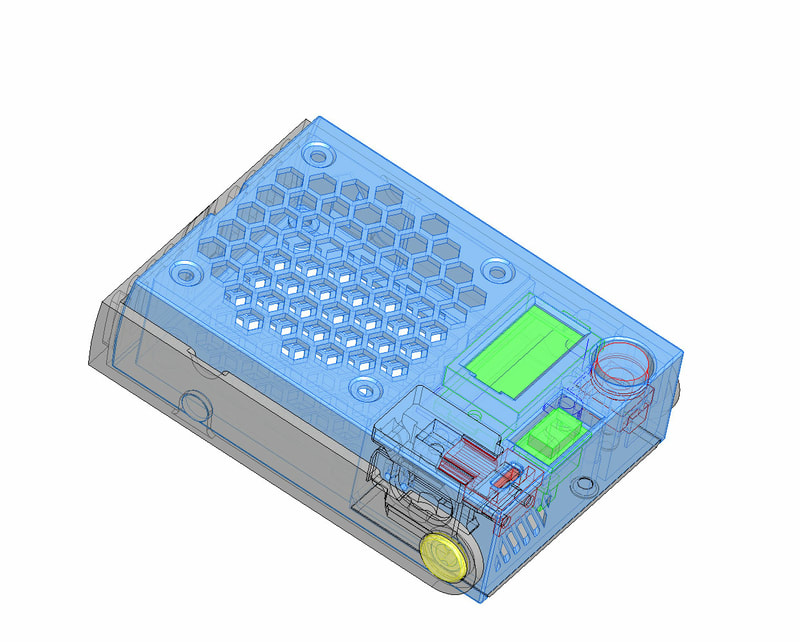
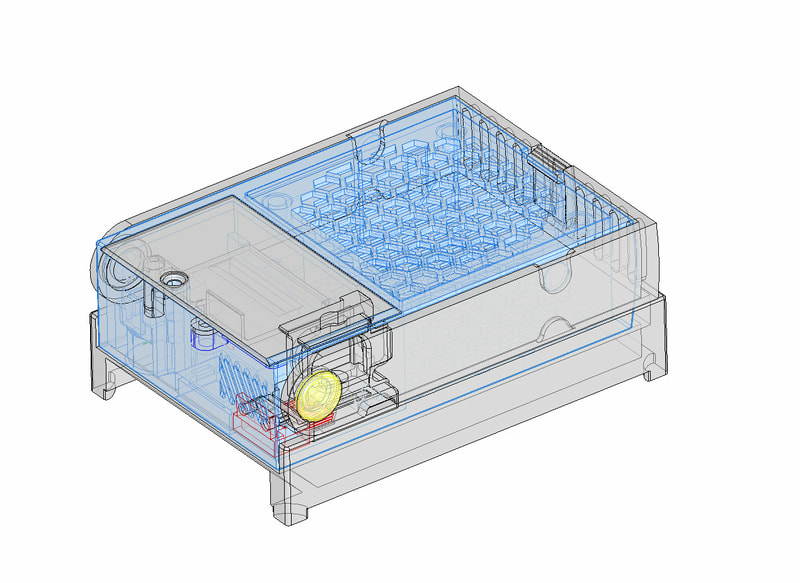


 RSS Feed
RSS Feed
